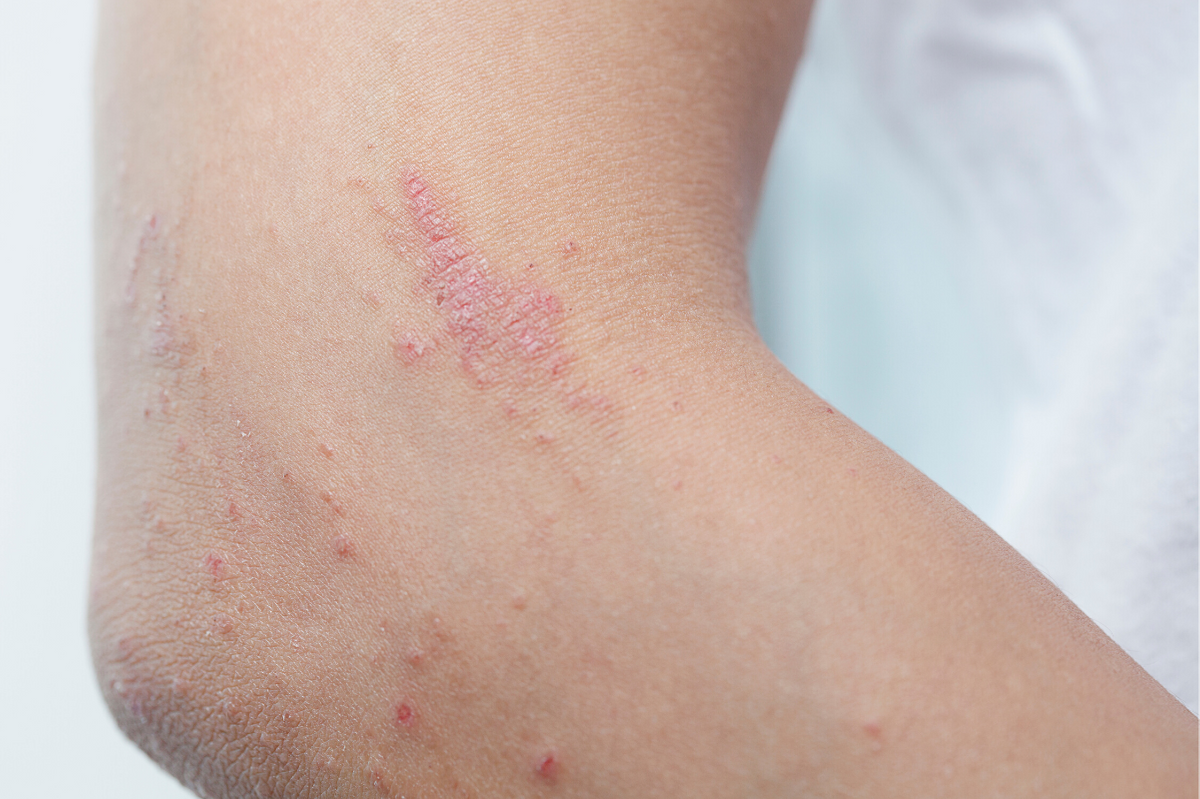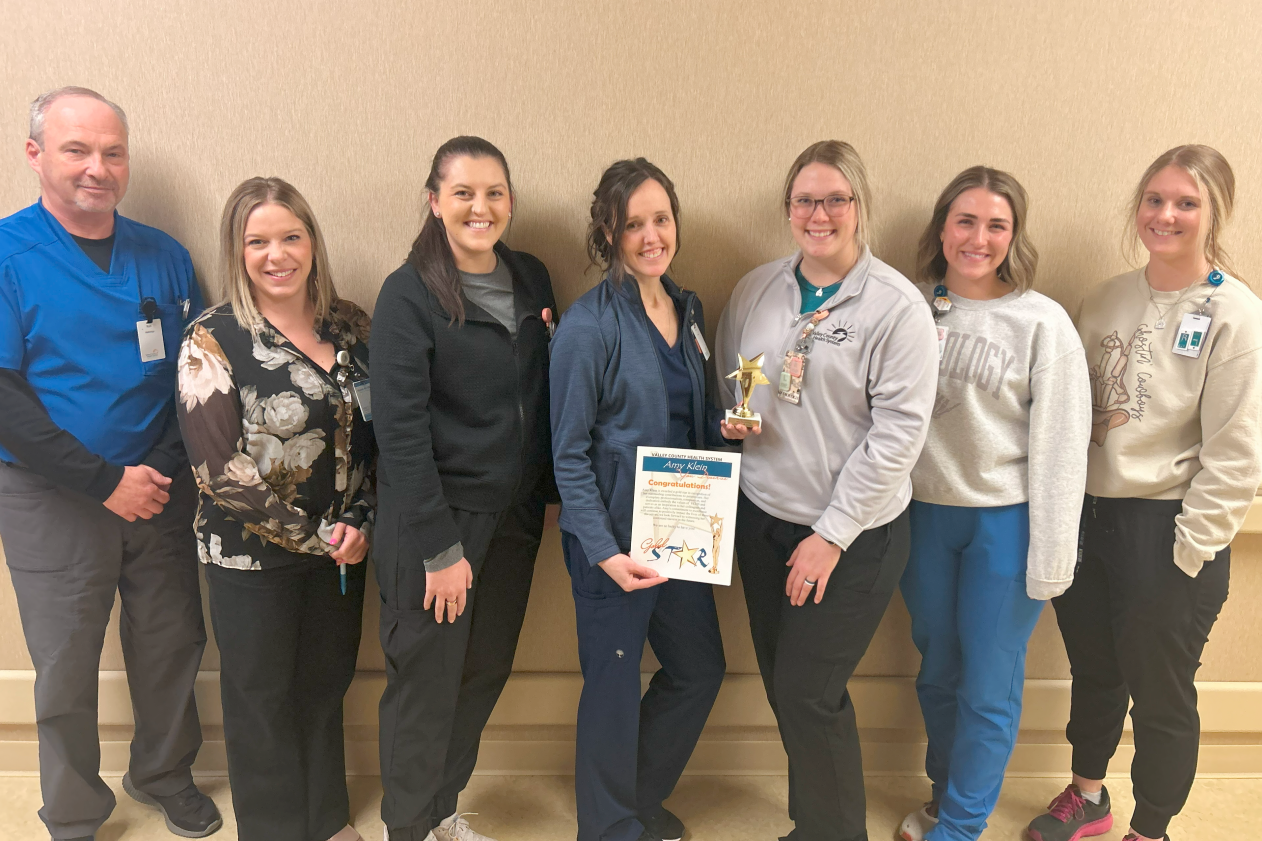
Most Common Skin Lesions
No matter what your age is, there is a chance that you have looked over your skin and noticed some growth or mark that you know was not there before. There are a variety of benign skin lesions that are quite common. Many skin lesions do not require medical attention. However, when a new spot or bump appears on your skin, it can be challenging to determine whether or not it might be dangerous. It is essential to know what the most common skin lesions look like so that you can recognize them and not worry too much. However, if you have suspicions about any moles, lesions, or other marks that appear on your skin, you can ask your medical care provider to look at it to ease your mind. Here is some information about some of the common skin lesions a person might develop and how they appear.
Seborrheic Keratosis
Also called a senile wart, seborrheic keratosis is non-cancerous spots. The spots or lesions are elevated slightly. They are light brown, tan, or black and have a scaly or waxy feel to them. Senile warts appear anywhere on the body except on the soles of the feet and the palms of the hands. Most of the time, these warts will occur in older individuals. They are typically harmless but might become irritated. Some people will find them aesthetically unappealing. If necessary, seborrheic keratosis can be removed.
Dermatosis Papulosa Nigra
A condition that most often occurs in people who have darker skin colors, dermatosis papulosa will often start during adolescence. The lesions on the skin are tiny and are darkly pigmented papules. The bumps will appear mainly on the forehead and cheeks and will be in multiples. The surface of the lesion is very smooth. These lesions are typically considered to be harmless and do not require any treatment.
The lesions typically will not require any treatment.
Stucco Keratosis
Another harmless skin lesion that a person might develop is stucco keratosis. The lesions associated with stucco keratosis are typically white or gray and are very small. They will often appear on the feet or the ankles. This type of skin lesion is most common in men and those who have fair skin.
Skin Tags
Acrochordons or skin tags are very common. Skin tags develop as benign skin growth. The narrow papule of the skin tag will stick out from a small piece of the flesh, which makes it look like a tag. Skin tags are fleshy and most often form in the groin, armpit, on the neck, or the eyelids. If the skin tag is rubbed a lot or if it is twisted, the skin might become irritated. Most skin tags are harmless, but if they are bothering you the skin tags can be removed.
Cherry Angiomas
A cherry angiomas occur when the capillaries located near the top of the skin filled with blood vessels. This causes red papules to form. Typically, cherry angiomas will occur in people who are over 40, and the number will increase with time. Most of the time, these red papules will form on the trunk area of the body and do not require any type of treatment except for cosmetic purposes. When the red papules clot or bleed, they may look like melanoma.
Dermatofibroma
Most often found on the legs, dermatofibroma is a skin tumor that has a round shape, is firm, and will be reddish-purple or brown. Dermatofibroma will feel like a hard lump located under the skin. The peripheral rim of the dome-shaped mass will typically be darker in color. When the area is squeezed, it will dimple as the lesion is attached to lower sections of the skin.
Solar Lentigo
Most people have heard the term age spots or sun spots when referring to certain darker areas on the skin. The technical name for these spots is solar lentigo. These spots are not cancerous, and no treatment is typically required. However, people who have these types of spots often have a higher risk of developing skin cancer, so they need to practice precaution.
Sebaceous Hyperplasia
When the sebaceous gland of the skin becomes enlarged, a person might develop sebaceous hyperplasia. This condition appears as small papules that have a central indent. The papules are typically the same color as the skin or yellowish. At times, these papules may look like basal cell carcinoma, however, they rarely crust or bleed. The most common area to find sebaceous hyperplasia is in the central area of the face and forehead. Removing the papules is not required unless a person wants them removed for cosmetic reasons.
Epidermal Inclusion Cyst
An EIC is a prevalent type of skin cyst. This type of cyst originates in the hair follicles and not in the oil glands. An epidermal inclusion cyst will contain a substance that looks like cheese and has a very foul smell. This is caused by degenerating keratinocytes. The cysts might become aggravated and red if the substance goes into the dermis. When this occurs it is often mistaken as being an infection of some type. If the cyst is asymptomatic, no treatment is necessary. If a person desires, the cyst can be removed by excision.
Lipoma
When fat collects under the skin lipoma forms, these skin lesions are widespread. The lesion will be soft and will typically stop growing when the diameter reaches a few centimeters. Treatment for lipoma is elective surgery. The most common areas for lipoma are on the arms, thighs, and trunk. Typically, these will form in multiples during early adulthood.
Conclusion
These are just a few of the more common skin lesions that are non-cancerous and infect many people. If you ever have any questions about something on your skin, having it looked at by your doctor can help to ease your mind.

